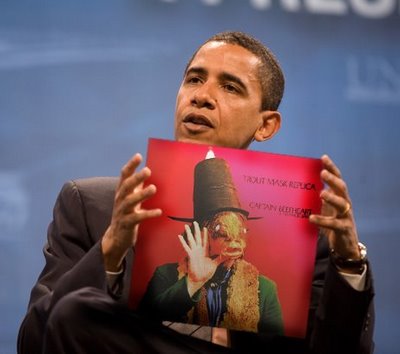shabtek
Well-known member
Allright folks,since imitation flatters four-fifths of the law this is an uplifting story, not too gory,the goodguys win in the end.
The problem

when picked off my doorstep these hooligans rattled like a can of stones.
The solution

I blame society...
The answer




Failure

some leads were down to a few strands on the break-out plate, no biggie...nice looking cores.
p1 83Ω 2H
p2 86Ω 2H
s 2630Ω



Since this is a story of salvation these boyeez will be reintroduced to society.
Get your sadism elsewhere
The problem

when picked off my doorstep these hooligans rattled like a can of stones.
The solution

I blame society...
The answer




Failure

some leads were down to a few strands on the break-out plate, no biggie...nice looking cores.
p1 83Ω 2H
p2 86Ω 2H
s 2630Ω



Since this is a story of salvation these boyeez will be reintroduced to society.
Get your sadism elsewhere




 [/img]]http://3.bp.blogspot.com/_lygyPzoGWn0/TTjZXLvYAQI/AAAAAAAABOE/zk-so4qAZBY/s1600/Barack%2BObama%2BTrout%2BMask%2BReplica%2BCaptain%2BBeefheart.jpg
[/img]]http://3.bp.blogspot.com/_lygyPzoGWn0/TTjZXLvYAQI/AAAAAAAABOE/zk-so4qAZBY/s1600/Barack%2BObama%2BTrout%2BMask%2BReplica%2BCaptain%2BBeefheart.jpg
 [/img]
[/img]



























![Soldering Iron Kit, 120W LED Digital Advanced Solder Iron Soldering Gun kit, 110V Welding Tools, Smart Temperature Control [356℉-932℉], Extra 5pcs Tips, Auto Sleep, Temp Calibration, Orange](https://m.media-amazon.com/images/I/51sFKu9SdeL._SL500_.jpg)
